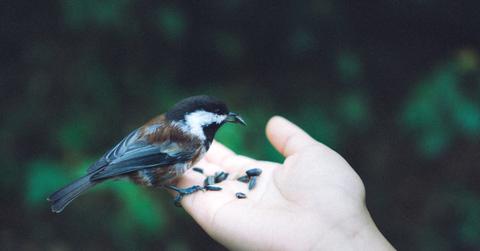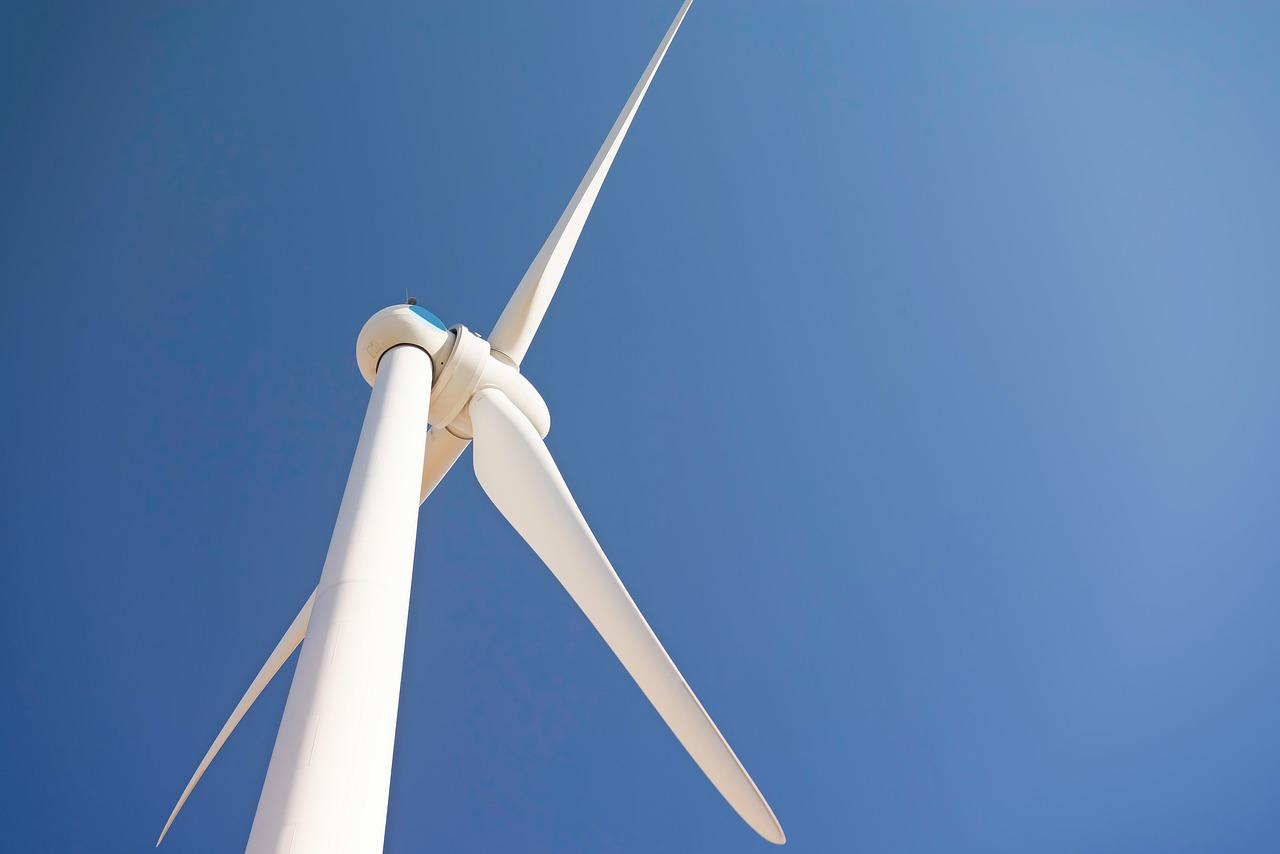Researchers Have Finally Figured Out A Way To Protect Birds From Wind Turbines
Oregon State University has been looking into an integrated sensor for wind turbines to help out birds and wind farm owners. It can easily assess damage and what kind of birds are involved in any impacts, as well as attempt to steer birds out of the area.
Updated Nov. 19 2020, 9:39 p.m. ET
Renewable energy sources have plenty of benefits for us to keep pushing onward, but in that development, there’s always room to improve them. Wind energy created from turbines can be incredibly dangerous for birds thanks to rapidly-spinning turbines. A team of researchers at Oregon State University are looking into multiple ways to keep birds away from these turbines.
In this energy source’s defense, wind turbines are not as big of a threat as you’d think to flying and gliding animals. Studies indicate that fossil fuels are still 15 times more responsible for killing birds than wind farms. Even the Royal Society for the Protection of Birds, a self-explanatory conservation group, installed a wind turbine to reduce their emissions.
Still, it’s worth trying to make wind turbines more safe for wildlife. This has led to people at Oregon State University creating multiple ways to deter birds from wind farms, and more specifically, eagles. The bald eagle has been off the endangered species list for over a decade, but is still partially protected. It’s estimated that up to 500 various eagles are killed by turbines annually.
To fix this problem, the university has three different solutions in their project. The first aspect is to alert any birds that are getting too close to the turbine rotation. To back that up, a ground-based deterrent will aid in keeping birds away from the wind farms altogether. Finally, if a bird still collides with a turbine, there are measures in place to gather information.
An integrated sensor will be able to determine what kind of species was involved in the impact. It’s a way to determine the exact damage that was caused to the wind turbine and a better way to determine casualty counts. Roberto Albertani, who authored the study, explains how observing carcasses on the ground isn’t an efficient way to gather efficient statistics.
"Factors like surveyor error and carcass removal by scavengers can make the data inaccurate,” Albertani told EurekAlert. “And carcass surveys are expensive or not feasible at remote locations or other sites like agricultural fields, dense shrub habitats, or in offshore turbine operations."
This system would generate the first two aspects of deterring birds. It can create the signals necessary to alert birds that they’re in dangerous territory. There’s also a way for it to deploy a method to scare away birds altogether by mimicking threats they understand, like predatory animals.
Other projects have been helpful in preventing more accidents between birds and wind turbines. Researchers at the College of William & Mary created an Acoustic Lighthouse that warns birds to get out of the way. Even by making a sound, if there’s impact, a bird could survive by not directly hitting their head.

